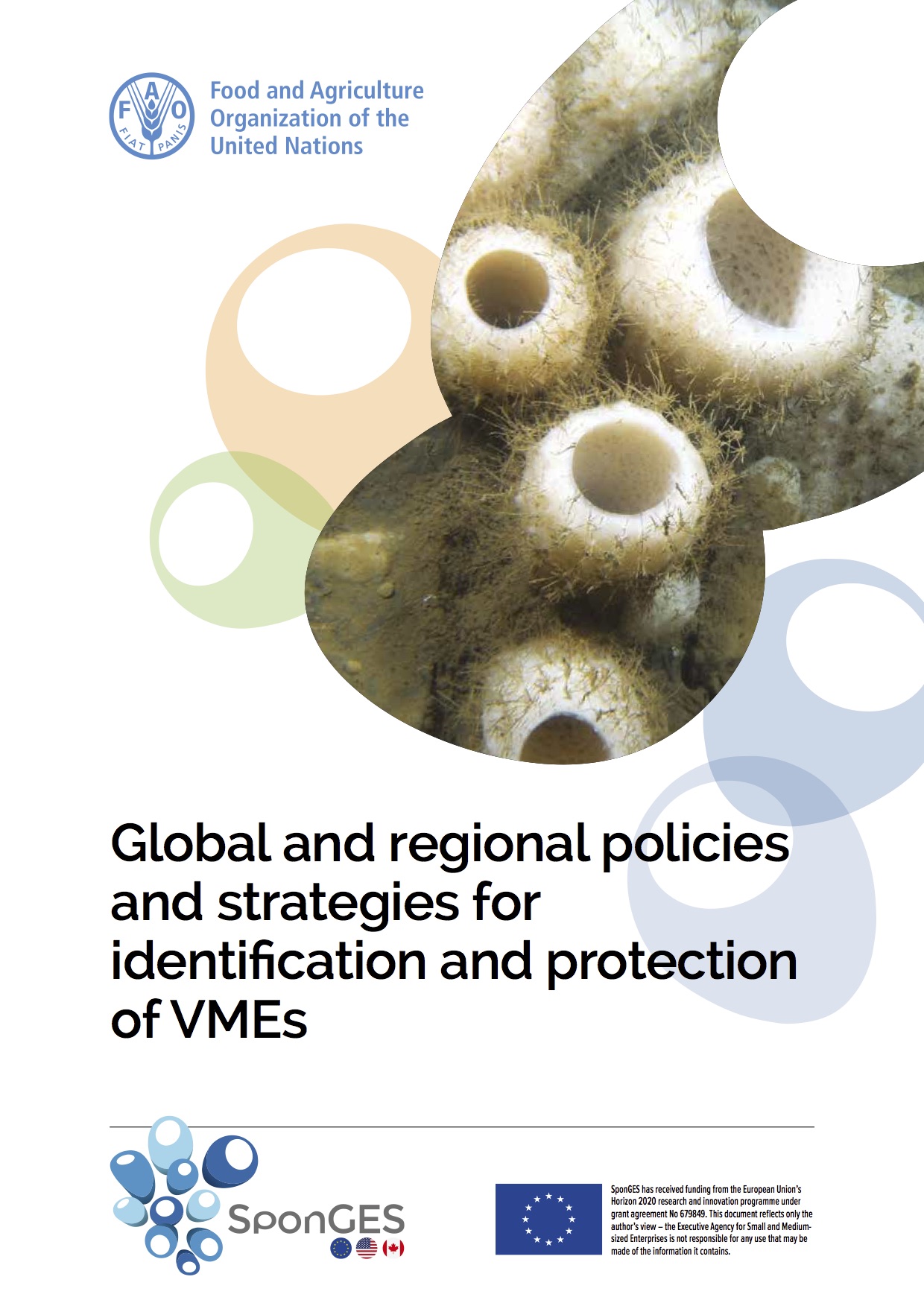


Visit DFO’s page on Cold-water corals and sponge reefs for further information on sponges in the Maritimes. Trawl surveys have also helped identify sponge communities on the Scotian Shelf and along the Grand Banks, Flemish Cap and Labrador Shelf. Much of the information on the distribution of sponges in Atlantic Canada has been collected by fishery observers on-board commercial fishing vessels. They can be found in shallower depths throughout the inter-tidal zone or in water up to eight kilometres deep. There are even some freshwater species, too.Ībout 34 species of sponge thrive off of Canada’s Atlantic coast. They grow in all marine climates, from tropical to polar waters, and survive in all latitudes – from intertidal to the deepest regions of the sea. Sponges range in size from less than 3 cm to around 2 m (6 feet) in length. So today, most household sponges are made of synthetic materials. At one point, however, those sponges were overharvested. A small percentage of sponges are harvested for commercial use (think loofahs). Scientists have identified around 8,500 species, but more than 25,000 are believed to exist in the ocean. They grow in all different shapes, sizes, colours and textures. Sea sponges are one of the world’s simplest multi-cellular living organisms. They have no central nervous system, digestive system or circulatory system – and no organs! But they grow, reproduce and survive much as plants do. Yes, sea sponges are considered animals not plants. Photo credit: Coral & Sponge Conservation Strategy for Eastern Canada 2015 Trending Questions Which has the highest surface temperature red star white star or blue star? How long would it take to go from one edge of the milky way to the other? Why do you have night time when it is dark and you cannot see the sun? Is nebula a mass of gas and dust? Will your body explode in outer space? What is precession relating to earths axis? What does in mean that the earth revolves around the sun once every year? What was not in the air on earth 3.Sea sponges are one of the world’s simplest multi-cellular living organisms.


 0 kommentar(er)
0 kommentar(er)
